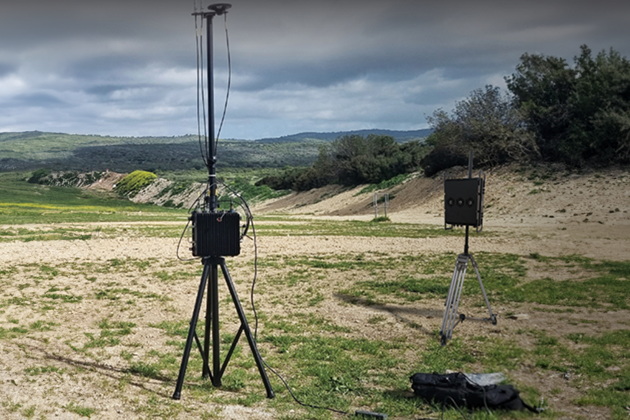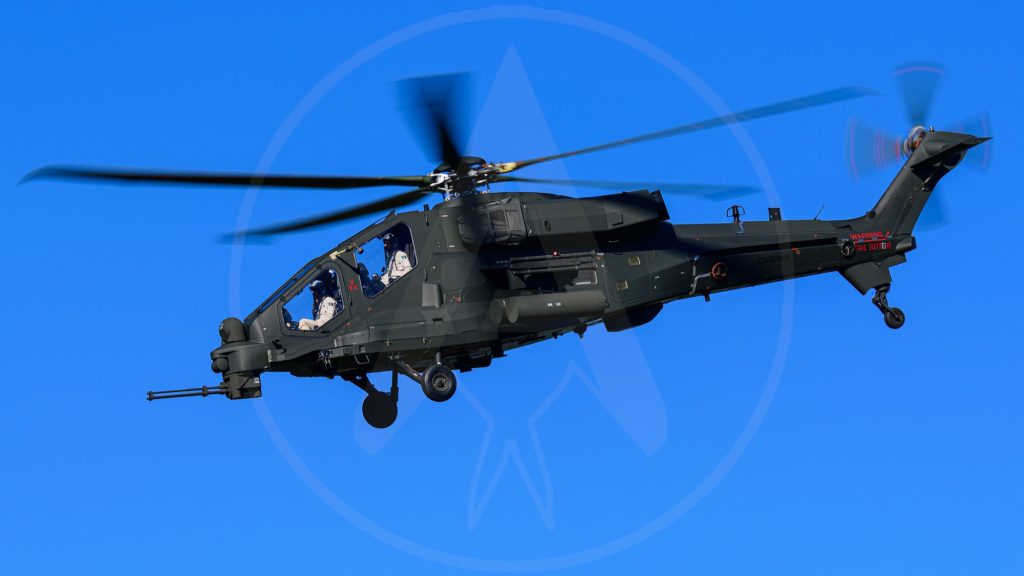DARPA has kicked off its “Track at Big Distances with Track-Before-Detect” program, an effort to detect and track faint objects hundreds of thousands of miles away in cislunar space.
The research agency wants to advance state-of-the-art signal processing algorithms to enable commercial- or quasi-commercial, off-the-shelf optical sensors or focal plane arrays to detect and track faint objects using the onboard processing power of spacecraft, it said in a proposers’ day announcement posted Oct. 21.
“This effort will increase the safety of cislunar commercial and civilian traffic, contributing to the peaceful use of space for the benefit of all nations and enabling a sustainable space ecosystem,” DARPA says.
Presumably, the ability to track objects would also benefit the U.S. Space Force’s space domain awareness mission aimed at keeping an eye on adversarial spacecraft deployed by China and Russia.
DARPA says it wants signal processing algorithms to enable detection and tracking at “gigameter distances.” A gigameter is 1 billion km (621,371 mi.). DARPA wants detection and tracking done on a “tactical timeline” within hours.
It is difficult to spot and track objects in cislunar space—the vast area between the Earth and the Moon—for a variety of reasons, including the great ranges between objects, unfavorable lighting and difficulty predicting object trajectories, which are influenced by simultaneous gravitational forces pulling from the Earth, Moon and Sun.
An algorithm that analyzes data coming from commercial-off-the-shelf or quasi-commercial off-the-shelf optical sensors or focal plane arrays could allow the U.S. government to deploy more sensors to observe the area better. Cheap sensors using minimal computing power might be able to integrate into commercial or military spacecraft as secondary payloads, too.
The first phase of the 15-month, single-phase effort is aimed at reducing the computational needs and electrical power consumption of signal processing algorithms and developing a payload design that is optimized for using quasi-commercial-off-the-shelf sensors and onboard processors, DARPA says.
DARPA says it plans to say more about the Track at Big Distances with the Track-Before-Detect program at a proposers’ day Nov. 4 in Arlington, Virginia.








